
漢德百科全書 | 汉德百科全书
 Dänemark
Dänemark
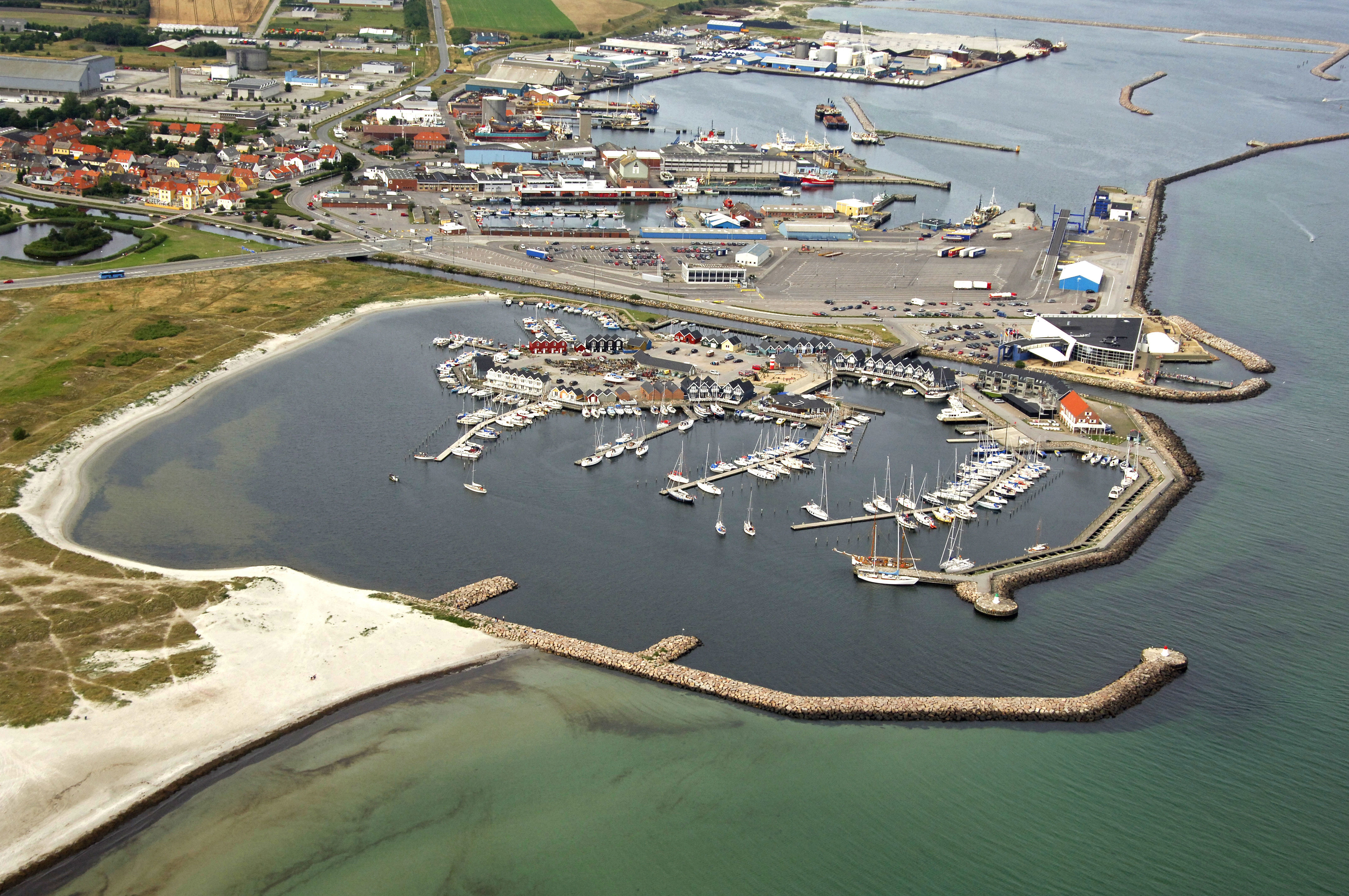
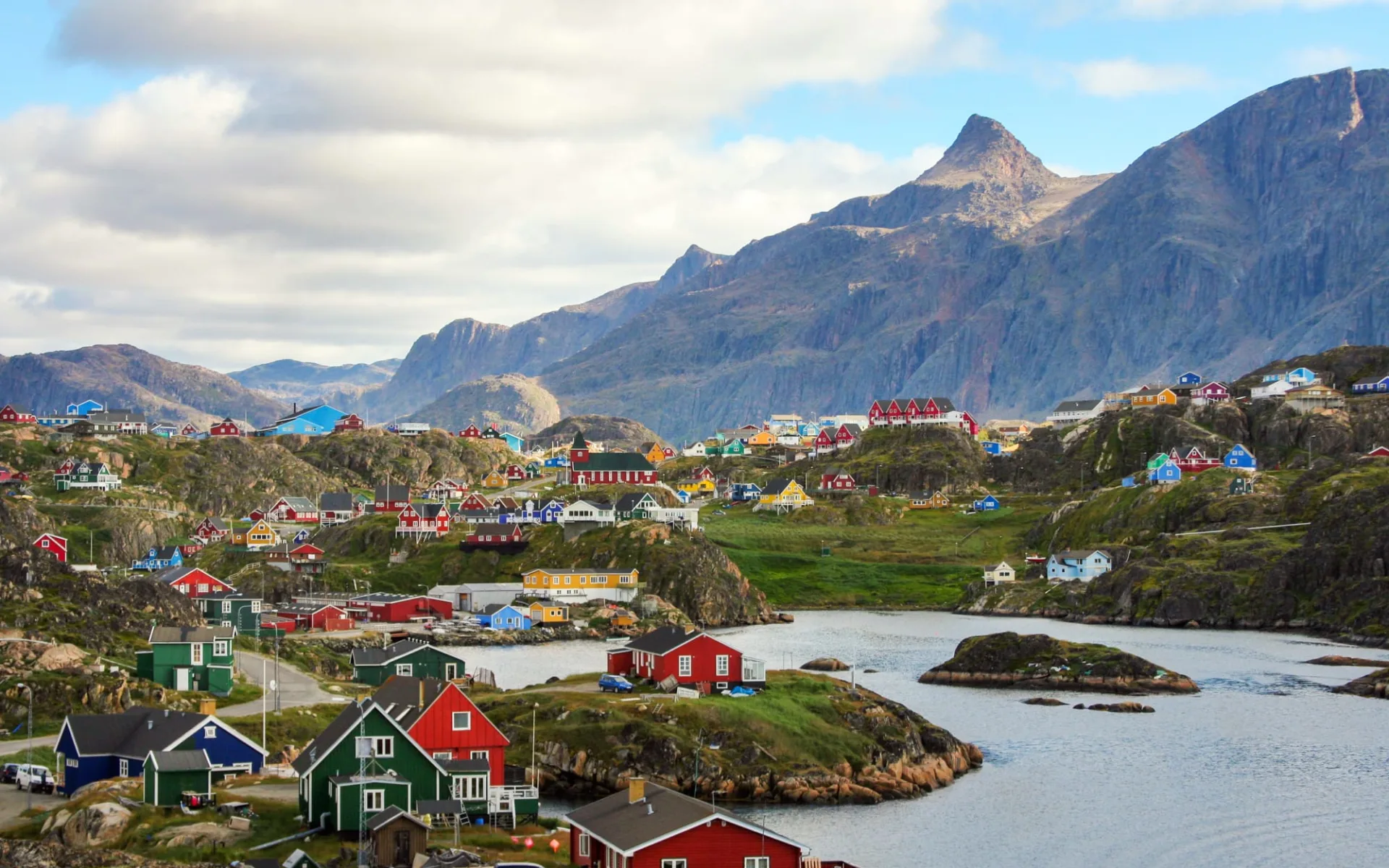

格陵兰(格陵兰语:Kalaallit Nunaat),面积2,166,086平方公里,是世界第一大岛,大约81%都被冰雪覆盖。“格陵兰”在原语言中的字面意思为“绿色土地”,是在丹麦王国框架内的自治国,在2008年公投后,2009年正式改制,成为一个内政独立的自治区,但外交、国防与财政相关事务仍由丹麦代理。格陵兰随宗主国丹麦于1973年加入过欧洲各共同体,但根据1982年全民公投的结果通过1985年的《格陵兰条约》退出了如今欧盟前身——欧洲各共同体,故如今格陵兰并不属于欧盟,但被视为欧洲联盟特别领域的一部分。格陵兰如同法罗群岛,在丹麦国会派驻有2名议员。
格陵兰全境大部分处在北极圈内,气候寒冷。隔海峡与冰岛和加拿大两国相望。
グリーンランド(グリーンランド語: Kalaallit Nunaat「人の島」の意、デンマーク語: Grønland「緑の島」の意)は、北極海と北大西洋の間にある世界最大の島(日本の面積の5.7倍)[1]。デンマークの旧植民地。現在はデンマーク本土、フェロー諸島と対等の立場でデンマーク王国を構成しており、独自の自治政府が置かれている[2]。
大部分が北極圏に属し、全島の約80%以上は氷床と万年雪に覆われる。巨大なフィヨルドが多く、氷の厚さは3,000m以上に達する所もある。居住区は沿岸部に限られる。
カナダとの国境線上にあるハンス島の領有をめぐって、カナダとデンマークの間で係争中である。
Greenland (Greenlandic: Kalaallit Nunaat, pronounced [kalaːɬit nunaːt]; Danish: Grønland, pronounced [ˈɡʁɶnˌlanˀ]) is an autonomous constituent country within the Kingdom of Denmark between the Arctic and Atlantic Oceans, east of the Canadian Arctic Archipelago. Though physiographically a part of the continent of North America, Greenland has been politically and culturally associated with Europe (specifically Norway and Denmark, the colonial powers, as well as the nearby island of Iceland) for more than a millennium.[9] The majority of its residents are Inuit, whose ancestors began migrating from the Canadian mainland in the 13th century, gradually settling across the island.
Greenland is the world's largest island. Australia and Antarctica, although larger, are generally considered to be continental landmasses rather than islands.[10] Three-quarters of Greenland is covered by the only permanent ice sheet outside Antarctica. With a population of about 56,480[6] (2013), it is the least densely populated territory in the world.[11] About a third of the population live in Nuuk, the capital and largest city. The Arctic Umiaq Line ferry acts as a lifeline for western Greenland, connecting the various cities and settlements.
Greenland has been inhabited off and on for at least the last 4,500 years by Arctic peoples whose forebears migrated there from what is now Canada.[12][13] Norsemen settled the uninhabited southern part of Greenland beginning in the 10th century, having previously settled Iceland to escape persecution from the King of Norway and his central government. These Norsemen would later set sail from Greenland and Iceland, with Leif Erikson becoming the first known European to reach North America nearly 500 years before Columbus reached the Caribbean islands. Inuit peoples arrived in the 13th century. Though under continuous influence of Norway and Norwegians, Greenland was not formally under the Norwegian crown until 1262. The Norse colonies disappeared in the late 15th century when Norway was hit by the Black Death and entered a severe decline. Soon after their demise, beginning in 1499, the Portuguese briefly explored and claimed the island, naming it Terra do Lavrador (later applied to Labrador in Canada).[14]
In the early 17th century, Danish explorers reached Greenland again. To strengthen trading and power, Denmark–Norway affirmed sovereignty over the island. Because of Norway's weak status, it lost sovereignty over Greenland in 1814 when the union was dissolved. Greenland became Danish in 1814, and was fully integrated in the Danish state in 1953 under the Constitution of Denmark.
In 1973, Greenland joined the European Economic Community with Denmark. However, in a referendum in 1982, a majority of the population voted for Greenland to withdraw from the EEC, which was effected in 1985. Greenland contains the world's largest and most northernly national park, Northeast Greenland National Park (Kalaallit Nunaanni nuna eqqissisimatitaq). Established in 1974, and expanded to its present size in 1988, it protects 972,001 square kilometres (375,292 sq mi) of the interior and northeastern coast of Greenland and is bigger than all but twenty-nine countries in the world. Greenland is divided into five municipalities – Sermersooq, Kujalleq, Qeqertalik, Qeqqata, and Avannaata.[15]
In 1979, Denmark granted home rule to Greenland, and in 2008, Greenlanders voted in favor of the Self-Government Act, which transferred more power from the Danish government to the local Greenlandic government. Under the new structure, in effect since 21 June 2009,[16] Greenland can gradually assume responsibility for policing, judicial system, company law, accounting, and auditing; mineral resource activities; aviation; law of legal capacity, family law and succession law; aliens and border controls; the working environment; and financial regulation and supervision, while the Danish government retains control of foreign affairs and defence. It also retains control of monetary policy, providing an initial annual subsidy of DKK 3.4 billion, which is planned to diminish gradually over time. Greenland expects to grow its economy based on increased income from the extraction of natural resources. The capital, Nuuk, held the 2016 Arctic Winter Games. At 70%, Greenland has one of the highest shares of renewable energy in the world, mostly coming from hydropower.[17][additional citation(s) needed]
Le Groenlandb, en groenlandais Kalaallit Nunaat, est un pays constitutif du royaume de Danemark et un territoire d'outre-mer associé à l'Union européenne3, situé entre les océans Arctique et Atlantique, à l'est de l'archipel arctique canadien, au nord-est de l'Amérique du Nord. Bien qu'appartenant physiographiquement au continent nord-américain, le Groenland a été politiquement et culturellement associé à l'Europe — en particulier à la Norvège et au Danemark, les puissances coloniales, ainsi qu'à l'île voisine d'Islande — pendant plus d'un millénaire4. Le Groenland est la deuxième plus grande île du monde. Plus des trois quarts de son territoire sont couverts par la seule calotte glaciaire contemporaine en dehors de l'Antarctique. Avec une population de 55 847 habitants au 1er janvier 20165, il est le pays le moins densément peuplé au monde6.
Le Groenland a été habité pendant au moins les 4 500 dernières années par des peuples de l'Arctique dont les ancêtres ont migré depuis ce qui est aujourd'hui le Canada7,8.
Les Vikings se sont installés dans la partie sud (alors inhabitée) du Groenland, à partir du Xe siècle, y fondant des colonies médiévales qui n'auraient pas dépassé 2 000 habitants (et non 3 000 comme évoqué par Bandi en 19529) (Thomas McGovern, spécialiste américain des Vikings, parle de 6 00010), puis ils ont disparu aux environs de l'an 1500 après J.C.11,12, les colonies nordiques ont disparu à la fin du XVe siècle et les peuples inuits actuels sont arrivés au XIIIe siècle. Au début du XVIIIe siècle, la Scandinavie et le Groenland ont repris contact l'un avec l'autre, et le Danemark-Norvège a établi sa souveraineté sur l'île.
Le royaume de Danemark et de Norvège a revendiqué le Groenland pendant des siècles. Le Groenland a été colonisé il y a plus de mille ans par les Norvégiens, qui avaient déjà colonisé l'Islande pour échapper aux persécutions du roi de Norvège et de son gouvernement central. C'est depuis le Groenland et l'Islande que les Norvégiens auraient pris la mer pour découvrir l'Amérique — près de 500 ans avant Christophe Colomb — et tenter de coloniser la terre. Bien que sous l'influence continue de la Norvège et des Norvégiens, le Groenland n'était pas formellement sous la couronne norvégienne avant 1262. Le royaume de Norvège s'est étendu et devient une puissance militaire jusqu'au milieu du XIVe siècle. Mais la Norvège fut considérablement frappée par la peste noire, avec un nombre de morts supérieur à celui du Danemark, l'obligeant à accepter une union avec ce dernier dans laquelle le gouvernement central, l'université et d'autres institutions fondamentales étaient situés à Copenhague. Ainsi, les ressources des deux royaumes ont fusionné, la Norvège devenant ainsi la partie la plus faible et perdant également sa souveraineté sur le Groenland en 1814 lors de la dissolution de l'union. Le Groenland devint alors une colonie danoise, puis une partie de la Communauté du royaume de Danemark en 1953 en vertu de la Constitution du Danemark.
En 1973, le Groenland rejoint la Communauté économique européenne (CEE) avec le Danemark. Cependant, lors d'un référendum en 1982, une majorité de la population a voté en faveur d'un retrait du Groenland de la CEE, retrait qui sera par la suite étendu à l'Union européenne. En 1984, le Danemark a signé un traité modificatif avec la Communauté européenne pour préciser la situation du Groenland. Ce territoire a été retiré des accords sur le charbon et l'acier (CECA)13 et des accords sur l'énergie atomique (Euratom)14. Des dispositions particulières ont été convenues pour protéger la pêche15. Le Groenland bénéficie néanmoins de la libre circulation des Européens au sens de la convention de Schengen. En 1979, le Danemark a accordé une autonomie interne au Groenland, et le 25 novembre 2008, les Groenlandais se sont prononcés par référendum consultatif sur la perspective d'une autonomie renforcée, la proposition étant approuvée par 75 % des suffrages exprimés. Le Parlement danois a ensuite voté la loi sur l'autonomie renforcée du Groenland, promulguée le 19 mai 200916 et entrée en application le 21 juin 2009. Le Danemark cède à son ancienne colonie 32 domaines de compétences, dont ceux de la police et de la justice. La politique monétaire, la défense et la politique étrangère restent toutefois sous contrôle danois.
La Groenlandia (in groenlandese: Kalaallit Nunaat, Terra degli uomini; in danese Grønland, Terra verde) è un'isola collocata nell'estremo nord dell'oceano Atlantico tra il Canada a sud-ovest, l'Islanda a sud-est, l'Artide e il Mar Glaciale Artico a nord. Geograficamente parlando, appartiene al continente americano, mentre, dal punto di vista politico, costituisce una nazione in seno al Regno di Danimarca.
La Groenlandia è l'isola più vasta del pianeta (l'Australia, circa tre volte più estesa, è classificata di solito come "massa continentale" anziché come isola[2]) e al contempo, con circa 0,03 ab/km², lo stato meno densamente popolato.
Groenlandia (en groenlandés: Kalaallit Nunaat (Tierra de los Kalaallit) en danés: Grønland ("Tierra verde") es una gran isla ubicada en la zona nororiental de América del Norte, entre el océano Atlántico y el océano Glacial Ártico, políticamente constituida como una región autónoma perteneciente al Reino de Dinamarca. Más del 77 % de su superficie está cubierta de hielo y se la considera como la mayor isla del mundo (entendiendo que Australia es la parte continental de Oceanía). Su capital es Nuuk.
Groenlandia ha sido habitada, aunque no de forma continua, desde mediados del III milenio a. C. por pueblos amerindios. En el año 986 su costa meridional fue colonizada por poblaciones de origen nórdico procedentes de Islandia, y en 1261 los groenlandeses aceptaron la soberanía noruega sobre la isla. La ocupación nórdica duró hasta principios del siglo XV, declinando debido posiblemente a la Pequeña Edad del Hielo. A principios del siglo XVIII Hans Egede restableció el contacto con Groenlandia, pasando a depender de Dinamarca en 1814, tras la disolución del Reino de Dinamarca y Noruega. Desde la Constitución de Dinamarca de 1953, Groenlandia forma parte del Reino de Dinamarca con una relación conocida como Rigsfællesskabet (Mancomunidad de la Corona).
En 1979, Dinamarca le otorga la autonomía y, en 2008, transfiere la mayor parte de las competencias que tenía el gobierno danés al gobierno local groenlandés. Este traspaso se hizo efectivo el año siguiente y dejó para Dinamarca las competencias de asuntos exteriores, seguridad y política financiera. Asimismo, otorgó a Groenlandia un subsidio anual de 633 millones de dólares, lo que suponía 11 300 dólares estadounidenses per cápita.
Гренла́ндия (гренл. Kalaallit Nunaat, дат. Grønland, буквально — «зелёная страна») — автономная территория, подчинённая Королевству Дании, между Северным Ледовитым и Атлантическим океанами, к востоку от Арктического архипелага. Хотя физиографически Гренландия является частью континента Северной Америки, Гренландия политически и культурно связана с Европой (особенно с Норвегией и Данией, колониальными державами в прошлом, а также с соседним островом — Исландией) на протяжении тысячелетия.[2] Большинство населения на острове составляют инуиты, чьи предки начали мигрировать с территории Канады примерно в 13 столетии, постепенно обосновываясь на острове.
Гренландия — крупнейший в мире остров (Австралия обычно считается континентом, а не островом).[3] Три четверти Гренландии покрыто единственным постоянным ледяным щитом за пределами Антарктиды. С населением порядка 57 728 человек[1] (на июль 2016 года) эта территория обладает самой низкой плотностью населения во всём мире (0,027 человек на квадратный километр)[4]. Дорог между населёнными пунктами почти нет. Транспортное сообщение между поселениями осуществляется, в основном, морским и авиационным транспортом[1].
Гренландия начала заселяться примерно 4500 лет назад арктическими народами, мигрировавшими с территории Канады.[5][6] Викинги начали селиться на прежде необитаемой южной части острова примерно с 10 столетия, а инуиты прибыли на остров примерно в 13 столетии. Норвежские колонии на острове начали пустеть под конец 15 столетия. Вскоре после того как они покинули остров, в 1498 году, Португальцы в лице Жоау Фернандеша кратко обследовали остров, назвав его Терра до Лаврадор, как остров и назывался до первой половины 16 века (позже это название присвоили Лабрадору в Канаде). Позднее Жоау Фернандеш получил право владения открытыми им землями, став таким образом одним из первых европейских землевладельцев в Америке[7]. В начале 18 столетия скандинавские исследователи снова достигли Гренландии. В целях усиления торгового влияния и власти тогдашняя Датско-норвежская уния объявила владычество островом.
Гренландия начала заселяться викингами (норвежского происхождения) более тысячелетия назад, теми же, что ранее заселили Исландию, стремясь уйти от преследования Норвежской монархии и её центрального правительства. Ещё за 500 лет до того как Колумб добрался до Карибских островов, викинги добрались до Северной Америки в ходе экспедиции Лейфа Эрикссона из Гренландии и даже попробовали колонизировать новую землю. Несмотря на влияние норвежцев и Норвегии, формально Гренландия не находилась под Норвежской короной вплоть до 1262 года. Королевство Норвегия обладало обширным и сильным военным влиянием вплоть до середины 14-го столетия. После этого Норвегия потеряла куда больше населения, чем соседняя Дания в ходе эпидемии Чёрной смерти, что вынудило Норвегию принять унию с Данией, в результате чего правительство, университет и базовые учреждения перенеслись в Копенгаген. Норвегия ослабла и потеряла суверенитет над Гренландией в 1814 году, когда уния была расторгнута. Гренландия стала Датской колонией в 1814 году и была признана частью Датского королевства с 1953 года новой редакцией Датской конституции.
В 1973 Гренландия вступила в Европейское экономическое сообщество вместе с Данией. Однако в ходе референдума 1982 года большая часть населения острова проголосовала за выход из ЕЭС, состоявшийся в 1985 году. В Гренландии располагается самый северный и крупнейший в мире национальный парк: Гренландский национальный парк (Kalaallit Nunaanni nuna eqqissisimatitaq). Основанный в 1974 году и расширенный до текущих размеров в 1988 году он покрывает 972 001 км² центральной и северо-восточной части Гренландии и по площади превосходит почти любую страну в мире кроме 29 крупнейших. Гренландия делится на 4 коммуны — Сермерсоок, Куяллек, Каасуитсуп и Кекката.
В соответствии с референдумом от 1979 года Дания передала право самоуправления Гренландии, а в 2008 году состоялся ещё один референдум, в ходе которого гренландцы проголосовали за новый Закон о самоуправлении, который передаёт больше власти от правительства Дании местным властям. В соответствии с новой управленческой структурой, начиная с 21 Июня 2009 года,[8] Гренландия может постепенно брать под свой контроль охрану порядка, судебную систему, корпоративное право, бухгалтерский учёт и проверки, добычу полезных ископаемых, авиацию, закон о дееспособности, семейное право и право наследования, пограничный контроль, производственные условия, финансовое регулирования и надзор, тогда как за Датским правительством остаётся сфера международных отношений и оборона. Также за Данией остаётся контроль за валютной политикой, и Дания предоставляет ежегодную субсидию в размере 3,4 миллиардов DKK, которая постепенно будет уменьшаться. Гренландия планирует наращивать свою экономику за счёт увеличения прибылей от добычи природных ресурсов. В столице острова, Нууке, в 2016 году проходили Арктические зимние игры. Примерно 70 % энергетики острова получается от возобновляемых ресурсов (один из самых высоких показателей в мире) — в основном, от гидроэнергетики.[9]

 Ägypten
Ägypten
 Australien
Australien
 Belgien
Belgien
 Brasilien
Brasilien
 China
China
 Dänemark
Dänemark
 Deutschland
Deutschland
 Finnland
Finnland
 Frankreich
Frankreich
 Griechenland
Griechenland

 Hand in Hand
Hand in Hand

 Hand in Hand
Hand in Hand
 Führerschein
Führerschein
 Indien
Indien
 Indonesien
Indonesien
 Italien
Italien
 Japan
Japan
 Kanada
Kanada
 Kasachstan
Kasachstan
 Kroatien
Kroatien
 Malaysia
Malaysia

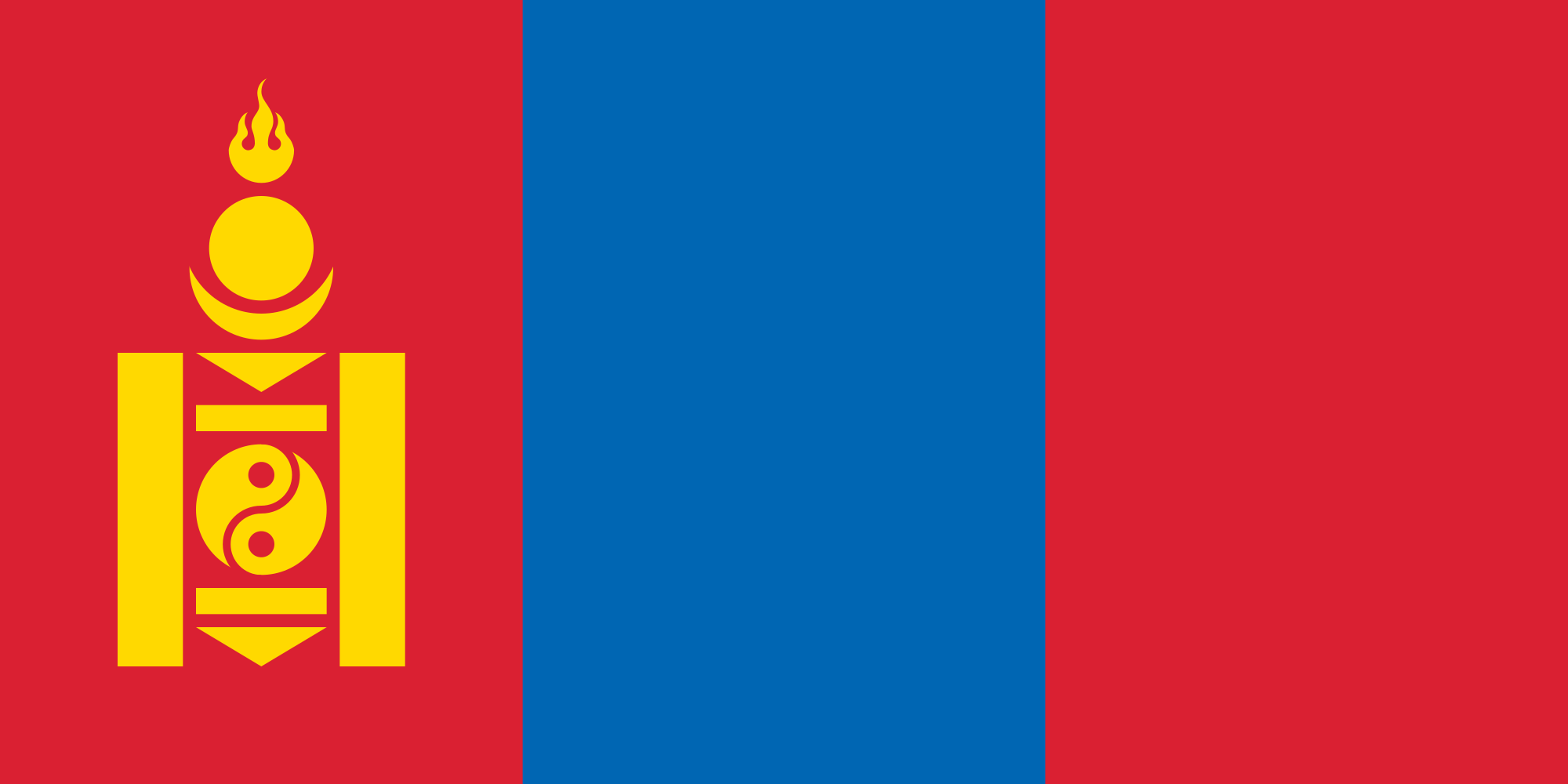 Mongolei
Mongolei
 Neuseeland
Neuseeland
 Niederlande
Niederlande
 NuetzlicheInfo
NuetzlicheInfo
 Österreich
Österreich
 Portugal
Portugal
 Republik Korea
Republik Korea
 Russland
Russland
 Saudi-Arabien
Saudi-Arabien
 Schweden
Schweden
 Schweiz
Schweiz
 Singapur
Singapur
 Spanien
Spanien
 Südafrika
Südafrika
 Thailand
Thailand
 Tschechien
Tschechien
 Türkei
Türkei
 Ungarn
Ungarn

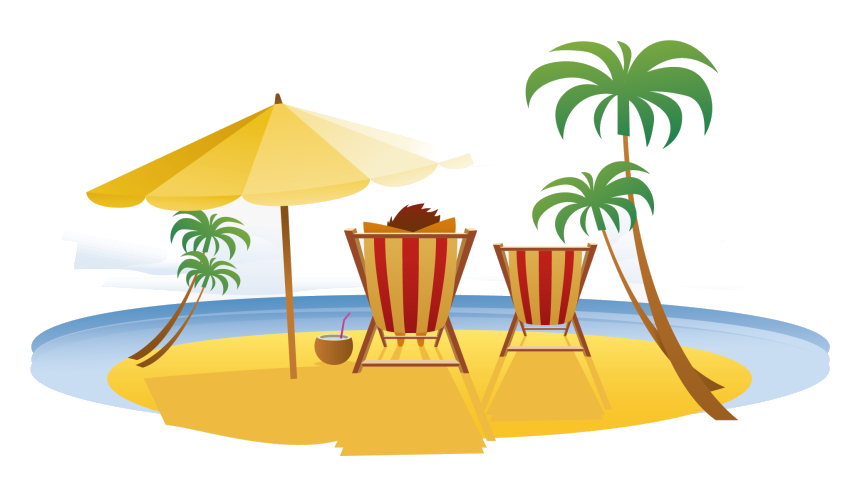 Urlaub und Reisen
Urlaub und Reisen
 Vereinigte Arabische Emirate
Vereinigte Arabische Emirate
 Vereinigte Staaten
Vereinigte Staaten
 Vereinigtes Königreich
Vereinigtes Königreich
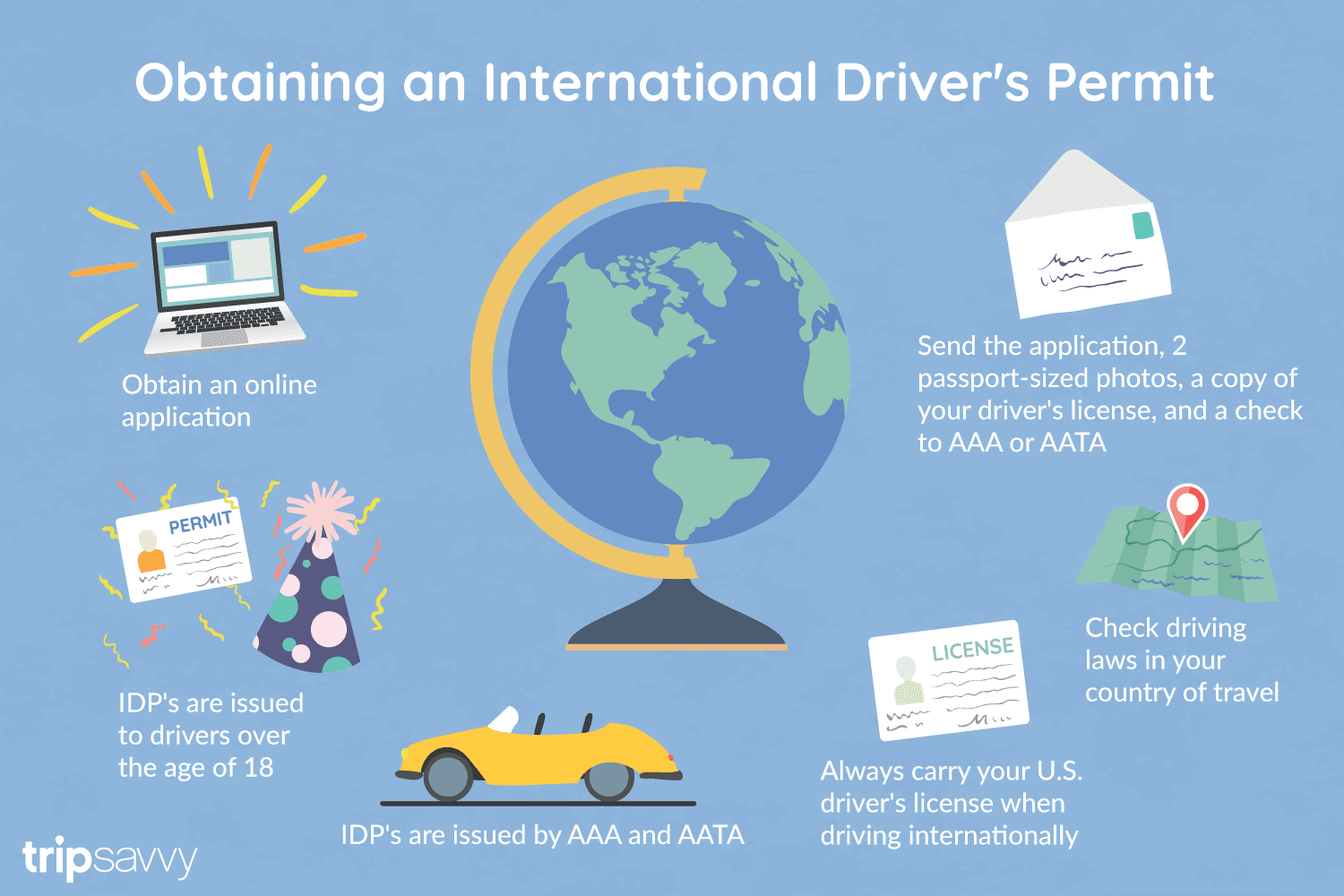
国际驾驶执照(International Driving Permit)依照1949年日内瓦国际道路交通公约及1968年维也纳国际道路交通公约,由公约签署国政府签发,方便本国驾驶员在其他签约国驾驶私人车辆。国际驾驶执照为附加在一国驾驶执照之上的一本附加多国语言的说明,标注了驾驶人的基本信息以及允许驾驶的对应车辆种类等,解决驾驶员与其他国家的交通管理部门之间的沟通障碍。国际驾照不能独立存在,当驾驶员同时持有一国驾照与该国政府签发的国际驾照时,此国际驾照才视作有效。[1]
国际驾驶执照之内容及格式依照维也纳道路交通会议制订,但并非各国均批准该公约。
Ein Internationaler Führerschein ist ein Dokument, das von den Straßenverkehrsbehörden oder Automobilclubs[1] eines Landes aufgrund zwischenstaatlicher Verträge ausgestellt wird. Er soll vor allem der Polizei eines anderen Landes die Feststellung ermöglichen, ob ein ausländischer Kraftfahrer die Fahrerlaubnis hat, die für sein aktuelles Fahrzeug erforderlich ist.
An International Driver's Permit (IDP) allows you to drive a vehicle in another country, as long as you also have a valid driver's license issued by your state. It is also recognized as a proper form of identification in over 175 countries and by many major car rental companies internationally.
Getting an International Driver's Permit (sometimes incorrectly called an international driver's license) can take anywhere from a day to a few weeks, depending on whether you're going through walk-in processing or applying via mail, so make sure to plan ahead if you're planning to drive on your international trip. There are only two locations in the United States that issue these documents: The American Automobile Association (AAA) and the American Automobile Touring Alliance (AATA).
In the United States, International Driver Permits (IDPs) are only issued by the American Automobile Association and the American Automobile Touring Alliance, and the State Department recommends against purchasing an IDP from other outlets as they are all entirely illegal to buy, carry, or sell.
IDPs can be issued to anyone over 18 who has had a valid driver's license for six months or longer. They typically remain valid for one year or the expiration of your existing state driving license. It's essential to investigate an IDP before your trip and make sure you know the requirements.
Both AAA and AATA are excellent sources for these documents, so once you've selected a provider, go to either the AAA's or NAATA's website, print out the International Driving Permit Application, complete all applicable fields, and submit it.
Once you have the application completed, you can send it in via the mail or visit a local office of an organization like AAA; you'll also need two original passport-sized photos and a signed copy of your valid U.S. driver's license as well as an enclosed check for the fee.
Tips to Getting and Using Your Permit
AAA offices can process IDPs during your visit, but processing generally takes 10 to 15 business days if you send the application in. However, expedited services may be available to get your license within one or two business days for an additional fee.
When applying, you'll need a computer and printer, a completed application, a copy of your valid U.S. driver's license, two passport photos, and a check, money order, or credit card to complete the process. Remember to bring these with you if you're applying in person.
Always make sure to carry your valid United States driver's license when driving internationally, as your IDP is invalid without this accompanying proof of eligibility to drive. IDPs only translate domestically-accepted licenses and do not allow those without government-issued driver's licenses to drive abroad.
You'll also want to make sure to enclose the proper fees (the fee for the IDP, as well as any shipping and handling fees), photos, and photocopies of your license when submitting your application to AAA or AATA as omitting any of these required documents will result in your application being rejected.
You should also check the driving requirements and laws for the countries you will be driving in on your vacation, so you'll know what will be required in the event you get stopped by local authorities. (Quelle:https://www.tripsavvy.com/)
 Argentinien
Argentinien
 Australien
Australien
 Belgien
Belgien
 Brasilien
Brasilien
 China
China
 Dänemark
Dänemark
 Deutschland
Deutschland

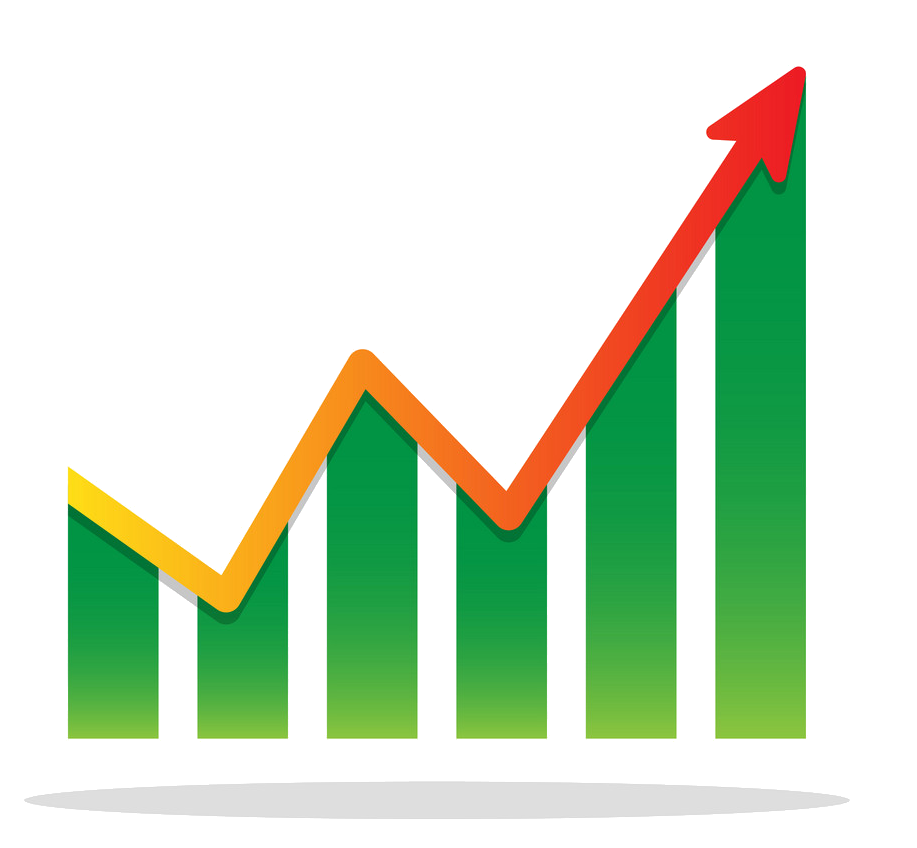 Finanz
Finanz
 Internationale Bank für Zusammenarbeit
Internationale Bank für Zusammenarbeit
 Frankreich
Frankreich
 Indien
Indien
 Indonesien
Indonesien
 Internationaler Währungsfonds
Internationaler Währungsfonds
 Camille Gutt
Camille Gutt
 Internationaler Währungsfonds
Internationaler Währungsfonds
 Christine Lagarde
Christine Lagarde
 Internationaler Währungsfonds
Internationaler Währungsfonds
 Dominique Strauss-Kahn
Dominique Strauss-Kahn
 Internationaler Währungsfonds
Internationaler Währungsfonds
 Horst Köhler
Horst Köhler
 Internationaler Währungsfonds
Internationaler Währungsfonds
 Ivar Rooth
Ivar Rooth
 Internationaler Währungsfonds
Internationaler Währungsfonds
 Jacques de Larosière
Jacques de Larosière
 Internationaler Währungsfonds
Internationaler Währungsfonds
 Johan Witteveen
Johan Witteveen
 Internationaler Währungsfonds
Internationaler Währungsfonds
 Michel Camdessus
Michel Camdessus
 Internationaler Währungsfonds
Internationaler Währungsfonds
 Per Jacobsson
Per Jacobsson
 Internationaler Währungsfonds
Internationaler Währungsfonds
 Pierre-Paul Schweitzer
Pierre-Paul Schweitzer
 Internationaler Währungsfonds
Internationaler Währungsfonds
 Rodrigo Rato
Rodrigo Rato
 Internationaler Währungsfonds
Internationaler Währungsfonds
 Kristalina Georgiewa
Kristalina Georgiewa
 Italien
Italien
 Japan
Japan
 Kanada
Kanada
 Malaysia
Malaysia
 Mexiko
Mexiko
 Niederlande
Niederlande
 Nigeria
Nigeria
 Norwegen
Norwegen
 Österreich
Österreich
 Polen
Polen
 Republik Korea
Republik Korea
 Russland
Russland
 Saudi-Arabien
Saudi-Arabien
 Schweden
Schweden
 Schweiz
Schweiz
 Spanien
Spanien
 Südafrika
Südafrika
 Venezuela
Venezuela
 Vereinigte Staaten
Vereinigte Staaten
 Vereinigtes Königreich
Vereinigtes Königreich

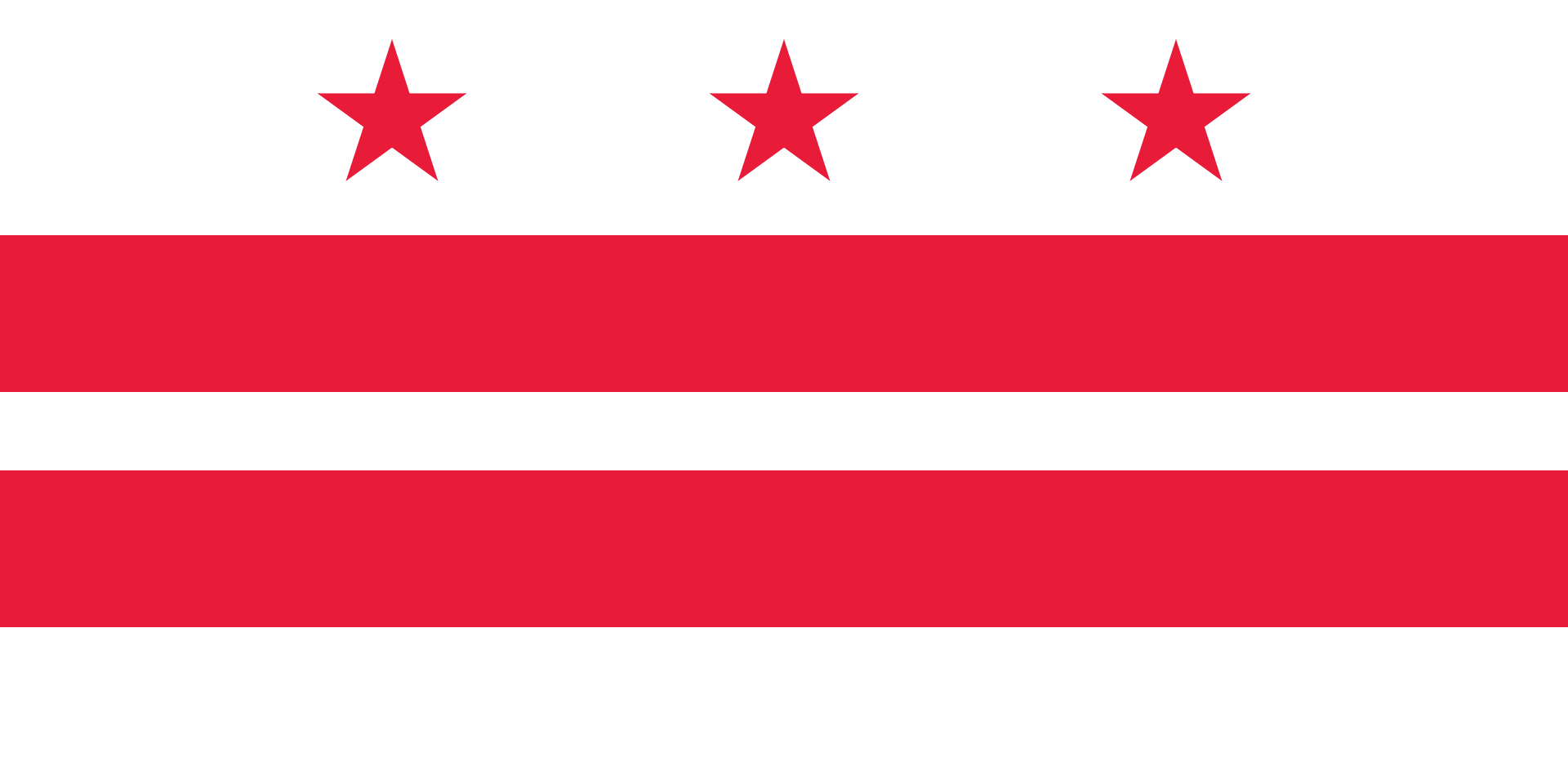 Washington, D.C.
Washington, D.C.

 Wichtige internationale Organisationen
Wichtige internationale Organisationen

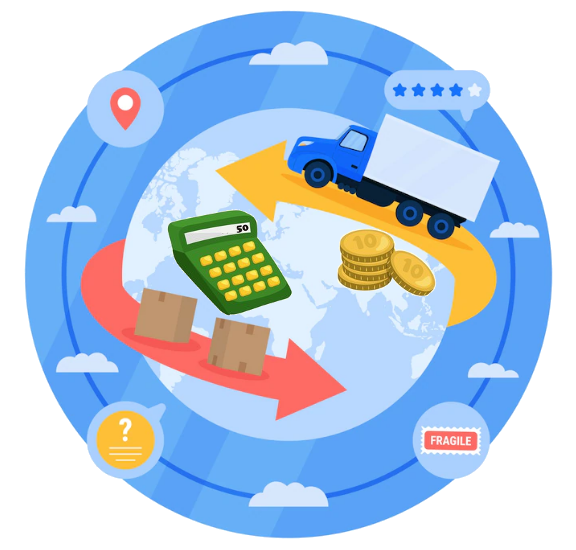 Wirtschaft und Handel
Wirtschaft und Handel
 Wirtschafts- und Politikforschung
Wirtschafts- und Politikforschung

Der Internationale Währungsfonds (IWF; englisch International Monetary Fund, IMF; auch bekannt als Weltwährungsfonds) ist eine rechtlich, organisatorisch und finanziell selbständige Sonderorganisation der Vereinten Nationen mit Sitz in Washington, D.C., USA.
Hauptaufgabe des IWF ist die Vergabe von Krediten an Länder ohne ausreichende Währungsreserven, die in Zahlungsbilanzschwierigkeiten geraten sind. Weitere Tätigkeitsfelder sind die Förderung der internationalen Zusammenarbeit in der Währungspolitik, Ausweitung des Welthandels, Stabilisierung von Wechselkursen, Überwachung der Geldpolitik und technische Hilfe.
Der IWF und seine Schwesterorganisation Weltbank haben ihren Ursprung im 1944 geschaffenen Bretton-Woods-System fester Wechselkurse, das auf der damals mit Gold gedeckten Leitwährung US-Dollar beruhte. Sie waren als internationale Steuerungsinstrumente geplant, mit denen eine Wiederholung der Währungsturbulenzen der Zwischenkriegszeit und der Fehler des Goldstandards aus den 1920er Jahren verhindert werden sollte. Beide Organisationen werden daher als Bretton-Woods-Institution bezeichnet. Die Kreditvergabe des IWF ist an wirtschaftspolitische Auflagen geknüpft, die die Rückzahlung der Kredite sichern sollen. Anders als der IWF vergibt die Weltbank auch Kredite für spezielle Projekte.
Der IWF hat zurzeit (Stand April 2020) 189 Mitgliedstaaten, deren Stimmrecht sich an ihrem Kapitalanteil orientiert. Die Mitgliedstaaten mit den größten Stimmanteilen sind: USA 16,51 %, Japan 6,15 %, China 6,08 %, Deutschland 5,32 %, Frankreich 4,03 %, Vereinigtes Königreich 4,03 % und Italien 3,02 %. Von den deutschsprachigen Ländern haben außerdem Luxemburg 0,29 %, Österreich 0,81 % und die Schweiz 1,18 % Stimmenanteile.[4]
Beschlüsse müssen im IWF mit einer Mehrheit von 85 % getroffen werden. Dadurch verfügen jeweils die USA allein und die EU-Staaten gemeinsam de facto über eine Sperrminorität.[5]
国际货币基金组织(法语:Fonds Monétaire International,缩写:FMI;英语:International Monetary Fund,缩写:IMF)于1945年12月27日成立,与世界银行同为世界两大金融机构,由189个国家组成,致力于促进全球货币合作,确保金融稳定,促进国际贸易。职责是监察货币汇率和各国贸易情况、提供技术和资金协助[3][4][5],确保全球金融制度运作正常;其总部设置于美国华盛顿特区。
国際通貨基金(こくさいつうかききん、英語: International Monetary Fund, IMF)は、国際金融、並びに、為替相場の安定化を目的として設立された国際連合(国連)の専門機関である。本部は、アメリカ合衆国の首都ワシントンD.C.にある。2018年現在、加盟国は189か国である[2]。
加盟国の経常収支が著しく悪化した場合などに融資などを実施することで、国際貿易の促進、加盟国の高水準の雇用と国民所得の増大、為替の安定、などに寄与する事を目的としている。 また、為替相場の安定のために、経常収支が悪化した国への融資や、為替相場と各国の為替政策の監視などを行っている。各国の中央銀行の取りまとめ役のような役割を負う。世界銀行と共に、国際金融秩序の根幹を成す。
The International Monetary Fund (IMF) is an international organization headquartered in Washington, D.C., consisting of 189 countries working to foster global monetary cooperation, secure financial stability, facilitate international trade, promote high employment and sustainable economic growth, and reduce poverty around the world while periodically depending on the World Bank for its resources.[1] Formed in 1944 at the Bretton Woods Conference primarily by the ideas of Harry Dexter White and John Maynard Keynes,[6] it came into formal existence in 1945 with 29 member countries and the goal of reconstructing the international payment system. It now plays a central role in the management of balance of payments difficulties and international financial crises.[7] Countries contribute funds to a pool through a quota system from which countries experiencing balance of payments problems can borrow money. As of 2016, the fund had XDR 477 billion (about US$ 667 billion).[8]
Through the fund and other activities such as the gathering of statistics and analysis, surveillance of its members' economies, and the demand for particular policies,[9] the IMF works to improve the economies of its member countries.[10] The organization's objectives stated in the Articles of Agreement are:[11] to promote international monetary co-operation, international trade, high employment, exchange-rate stability, sustainable economic growth, and making resources available to member countries in financial difficulty.[12] IMF funds come from two major sources: quotas and loans. Quotas, which are pooled funds of member nations, generate most IMF funds. The size of a member's quota depends on its economic and financial importance in the world. Nations with larger economic importance have larger quotas. The quotas are increased periodically as a means of boosting the IMF's resources in the form of special drawing rights.[13]
The current Managing Director (MD) and Chairwoman of the IMF is Bulgarian Economist Kristalina Georgieva, who has held the post since October 1, 2019.[14]
Gita Gopinath was appointed as Chief Economist of IMF from 1 October 2018. She received her PhD in economics from Princeton University. Prior to her IMF appointment she was economic adviser to the Chief Minister of Kerala, India.[15]
Le Fonds monétaire international (FMI) est une institution internationale regroupant 189 pays, dont le but est de promouvoir la coopération monétaire internationale, garantir la stabilité financière, faciliter les échanges internationaux, contribuer à un niveau élevé d’emploi, à la stabilité économique et faire reculer la pauvreté2.
Le FMI a ainsi pour fonction d'assurer la stabilité du système monétaire international (SMI) et la gestion des crises monétaires et financières. Pour cela, il fournit des crédits aux pays qui connaissent des difficultés financières mettant en péril l'organisation gouvernementale du pays, la stabilité de son système financier (banques, marchés financiers) ou les flux d'échanges de commerce international avec les autres pays.
Lors d'une crise financière, pour éviter qu’un pays ne fasse « défaut » (c’est-à-dire que ce pays ne puisse plus rembourser ses créanciers, voire ne plus payer ses dépenses courantes), le FMI lui prête de l’argent le temps que la confiance des agents économiques revienne. Le FMI conditionne l’obtention de prêts à la mise en place de certaines réformes économiques visant en principe à réguler la gestion des finances publiques (ingérence financière) et à établir une croissance économique équilibrée à long terme.
L'institution a été créée le 27 décembre 1945 et devait à l'origine garantir la stabilité du système monétaire international, dont l'écroulement après le krach de 1929 avait eu des effets catastrophiques sur l'économie mondiale. Après 1976 et la disparition d’un système de change fixe, le FMI perd l'essentiel de sa raison d'être et hérite d'un nouveau rôle face aux problèmes d'endettement des pays en développement et à certaines crises financières.
Il Fondo Monetario Internazionale (in sigla FMI; in inglese International Monetary Fund, IMF) è un'organizzazione internazionale pubblica[1] a carattere universale composta dai governi nazionali di 189 Paesi e insieme al gruppo della Banca Mondiale fa parte delle organizzazioni internazionali dette di Bretton Woods, dal nome della località in cui si tenne la famosa conferenza che ne sancì la creazione. L'FMI è stato formalmente istituito il 27 dicembre 1945, quando i primi 44 stati firmarono l'accordo istitutivo e l'organizzazione nacque nel maggio del 1946. Attualmente gli Stati membri sono 189.
El Fondo Monetario Internacional o FMI (en inglés: International Monetary Fund, IMF) es una organización financiera internacional con sede en Washington D. C., Estados Unidos. Nace como idea el 22 de julio de 1944 en los acuerdos de Bretton Woods, una reunión de 730 delegados de 44 países aliados de la Segunda Guerra Mundial, entrando en vigor oficialmente el 27 de diciembre de 1945. Después de 1976 y de la desaparición del sistema de cambio fijo, el FMI toma un papel preponderante ante países en desarrollo y crisis financieras internacionales. En 2010, durante la 14ª revisión general de cuotas los fondos financieros disponibles del FMI se situaban en 755 700 millones de U.S.dólares.1
A través del fondo y otras actividades como la recolección de estadísticas y datos, monitoreo de las actividades económicas de los países miembros, y la demanda de políticas concretas,2 el FMI trabaja para mejorar la economía de sus países miembros.3 Los objetivos proclamados por la organización son:4 promover la cooperación monetaria internacional, comercio internacional, reducir la desocupación, conseguir tasas de cambio sustentables, lograr crecimiento económico, y otorgar razonablemente recursos a países miembros en dificultades económicas.5 El FMI se financia con dos grandes herramientas: cuotas y préstamo. Las cuotas son aportes realizados por los países miembros al fondo común de la organización. Las mayores economías hacen aportes proporcionales mayores que las economías más pequeñas. Además, las obligaciones de cuotas aumentan periódicamente como forma de aumentar los recursos de los que puede disponer el FMI en forma de derechos especiales de giro.6
Esta organización ha sido fuertemente criticada en las últimas décadas. Las principales críticas se centran en el papel dominante que tienen los países desarrollados dentro del organismo, lo que causa que el FMI oriente sus políticas globales al fomento de un capitalismo que suele denominarse neoliberal,7 a causa de haber impuesto a los países en vías de desarrollo —y más recientemente a algunos países europeos— sus programas económicos basados en el Consenso de Washington que consisten en la reducción del déficit y del gasto público y consecuentemente de servicios y prestaciones sociales, con fundamento en las políticas y teorías monetaristas y en el principio de libre mercado,8 que deben llevarse a cabo como condiciones de los préstamos realizados y que según sus críticos ha provocado un aumento de la brecha entre ricos y pobres y un empeoramiento de los servicios públicos, como la sanidad.9 También está acusada por haber apoyado y financiado a las dictaduras militares en Latinoamérica y Africa,10 y se le han criticado puntualmente sus políticas sobre medio ambiente11 y alimentación.12
Международный валютный фонд, (МВФ) (англ. International Monetary Fund, IMF) — специализированное учреждение (валютный фонд) Организации объединённых наций (ООН) с главным офисом в городе Вашингтон, США.
189 стран являются членами МВФ, в его структурах работают 2500 человек из 133 государств мира. МВФ предоставляет кратко- и среднесрочные кредиты при дефиците платёжного баланса государства. Предоставление кредитов обычно сопровождается набором определённых условий и рекомендаций. Политика и рекомендации МВФ в отношении развивающихся стран неоднократно подвергались критике, суть которой состоит в том, что выполнение рекомендаций и условий, в итоге, направлено не на повышение самостоятельности, стабильности и развитие национальной экономики государства, а лишь на привязывание её к международным финансовым потокам.
В отличие от Всемирного банка, деятельность МВФ сосредоточена на относительно кратковременных макроэкономических кризисах. Всемирный банк предоставляет кредиты только бедным странам, МВФ может давать кредиты любой из своих стран-членов, которая испытывает нехватку иностранной валюты для покрытия краткосрочных финансовых обязательств.
 Argentinien
Argentinien
 Brasilien
Brasilien
 Brasilien
Brasilien
 Brasilien
Brasilien
 Brasilien
Brasilien
 Dänemark
Dänemark
 FIFA-Konföderationen-Pokal 2013
FIFA-Konföderationen-Pokal 2013
 FIFA-Konföderationen-Pokal 2017
FIFA-Konföderationen-Pokal 2017
 Frankreich
Frankreich
 Frankreich
Frankreich
 Mexiko
Mexiko
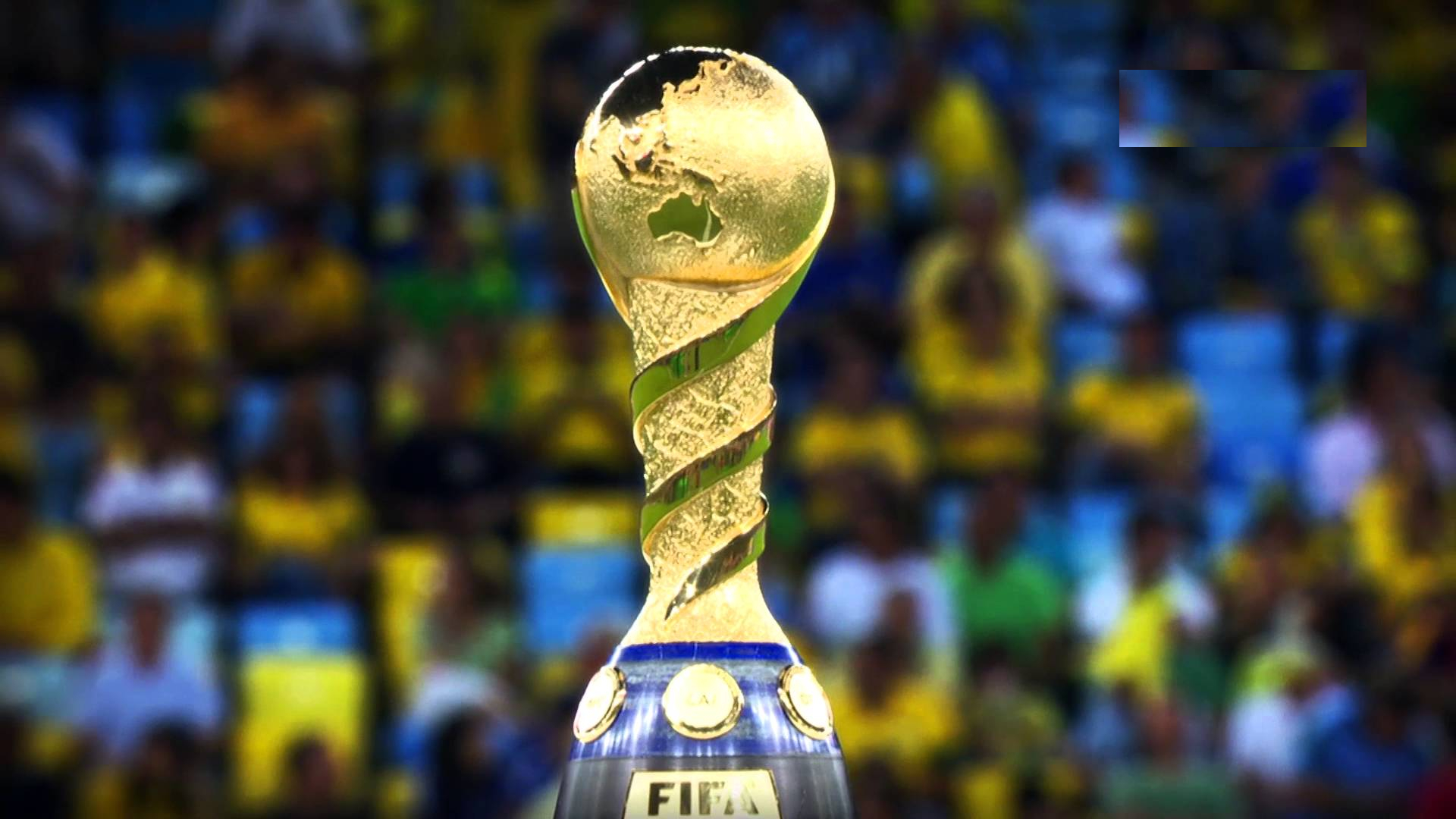

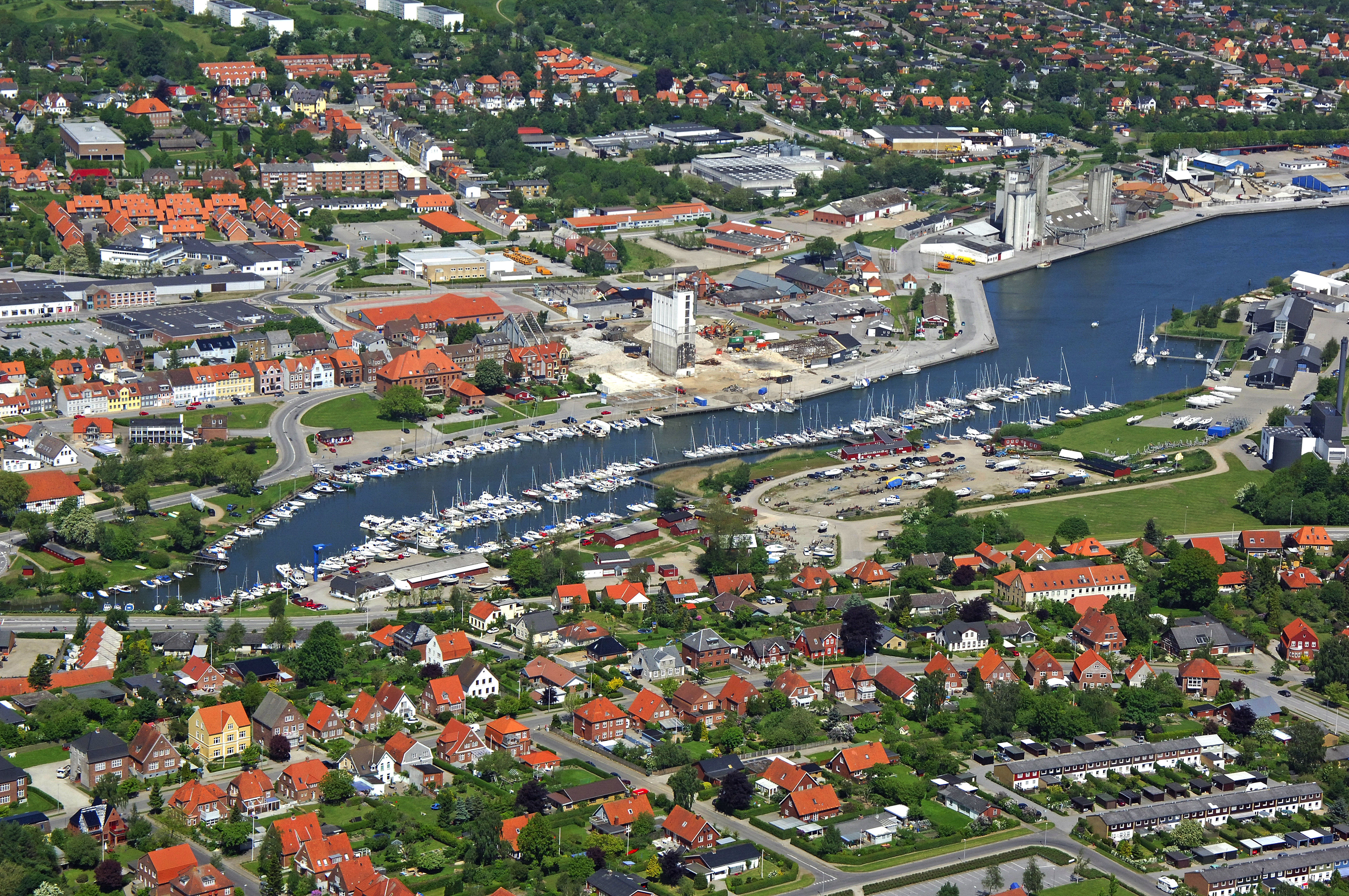

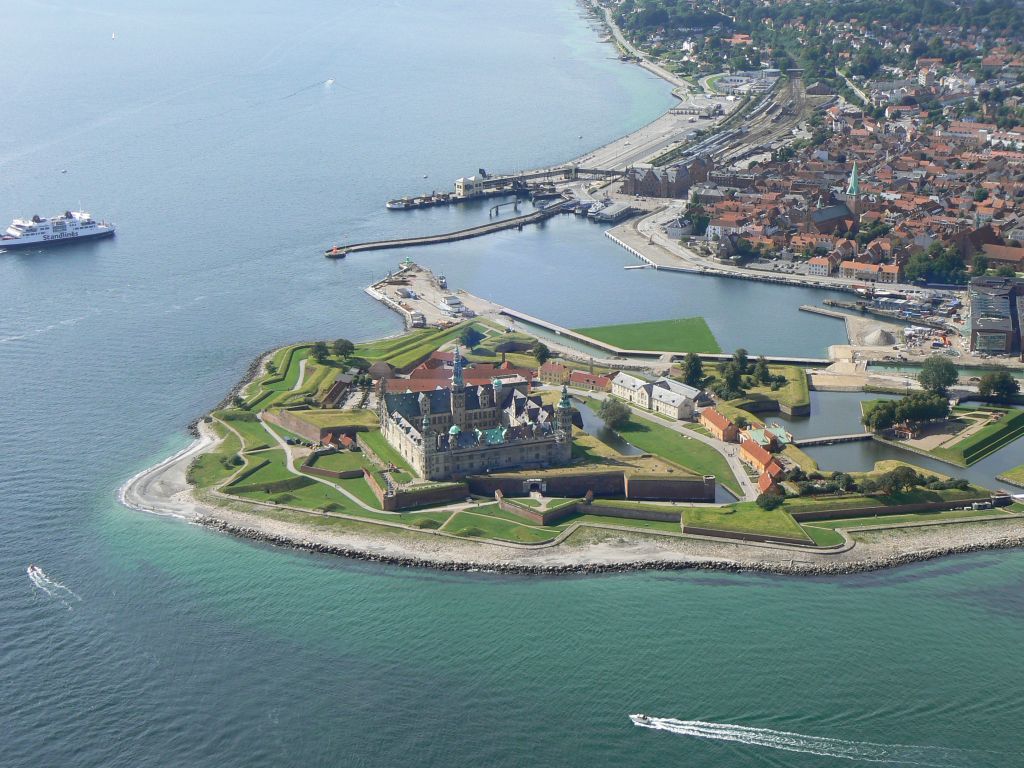

 Belgien
Belgien
 Bernsteinstraße
Bernsteinstraße
 Dänemark
Dänemark
 Deutschland
Deutschland
 Estland
Estland
 Frankreich
Frankreich
 Griechenland
Griechenland
 Italien
Italien
 Lettland
Lettland
 Litauen
Litauen
 Niederlande
Niederlande
 Österreich
Österreich
 Polen
Polen
 Russland
Russland
 Schweiz
Schweiz
 Slowakei
Slowakei
 Slowenien
Slowenien
 Spanien
Spanien
 Tschechien
Tschechien
 Ungarn
Ungarn

琥珀之路(英语:Amber Road)是一条古代运输琥珀的贸易道路,这条水路和陆路结合而成的通商道路,从欧洲北部的北海和波罗的海通往欧洲南部的地中海,连结了欧洲的多个重要城市,维持了多个世纪。
在公元前后的很长一段时间,琥珀作为装饰品中的重要组成部分,被从北海和波罗的海海岸的产地,经由维斯瓦河和第聂伯河运输到意大利、希腊、黑海和埃及。琥珀之路连结了琥珀的产地和在欧洲、中东地区和远东地区的消费地,并经由另一条通商道路丝绸之路继续通往亚洲。
Als Bernsteinstraße werden verschiedene Handelswege des Altertums (Altstraßen) bezeichnet, auf denen (unter anderem) Bernstein von der Nord- und Ostsee nach Süden in den Mittelmeerraum gelangte. Genau genommen handelt es sich nicht um eine Straße, sondern um unabhängige Handelswege, die für verschiedene Handelsgüter genutzt wurden. Die Bezeichnung „Bernsteinstraße“ tritt etwa ab dem Ende des 18. Jahrhunderts auf und hat in antiken Quellen keine Entsprechung.
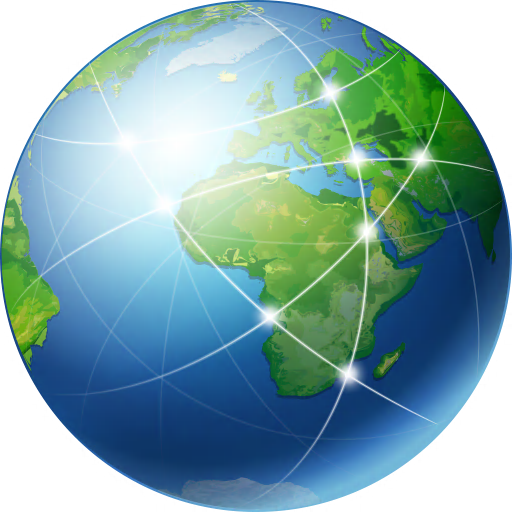 Geographie
Geographie
 Architektur
Architektur
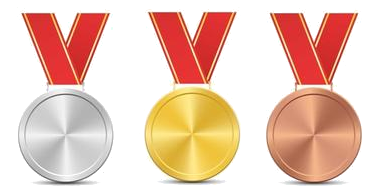 Sport
Sport
 Fahrschule
Fahrschule
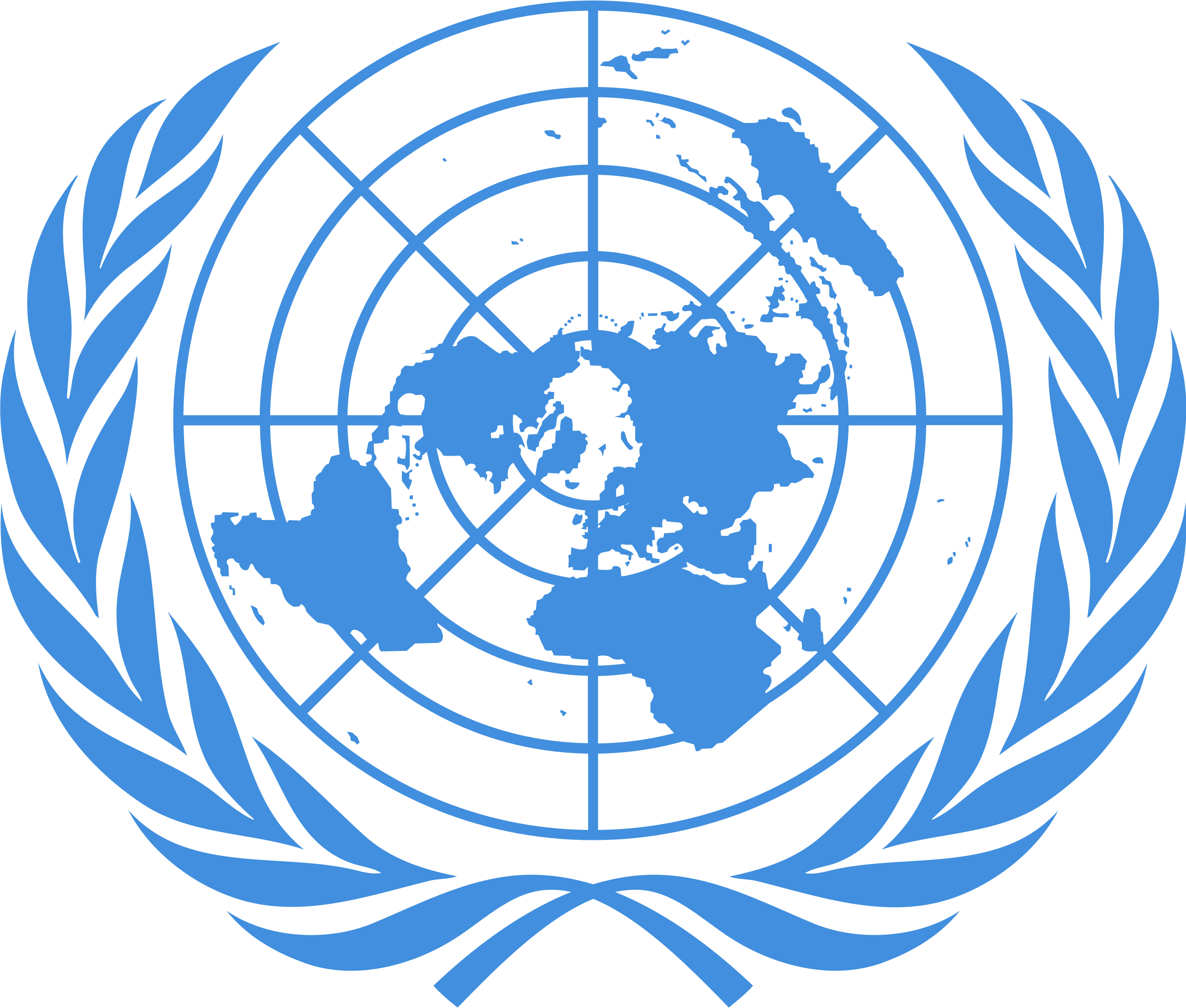 Vereinte Nationen
Vereinte Nationen
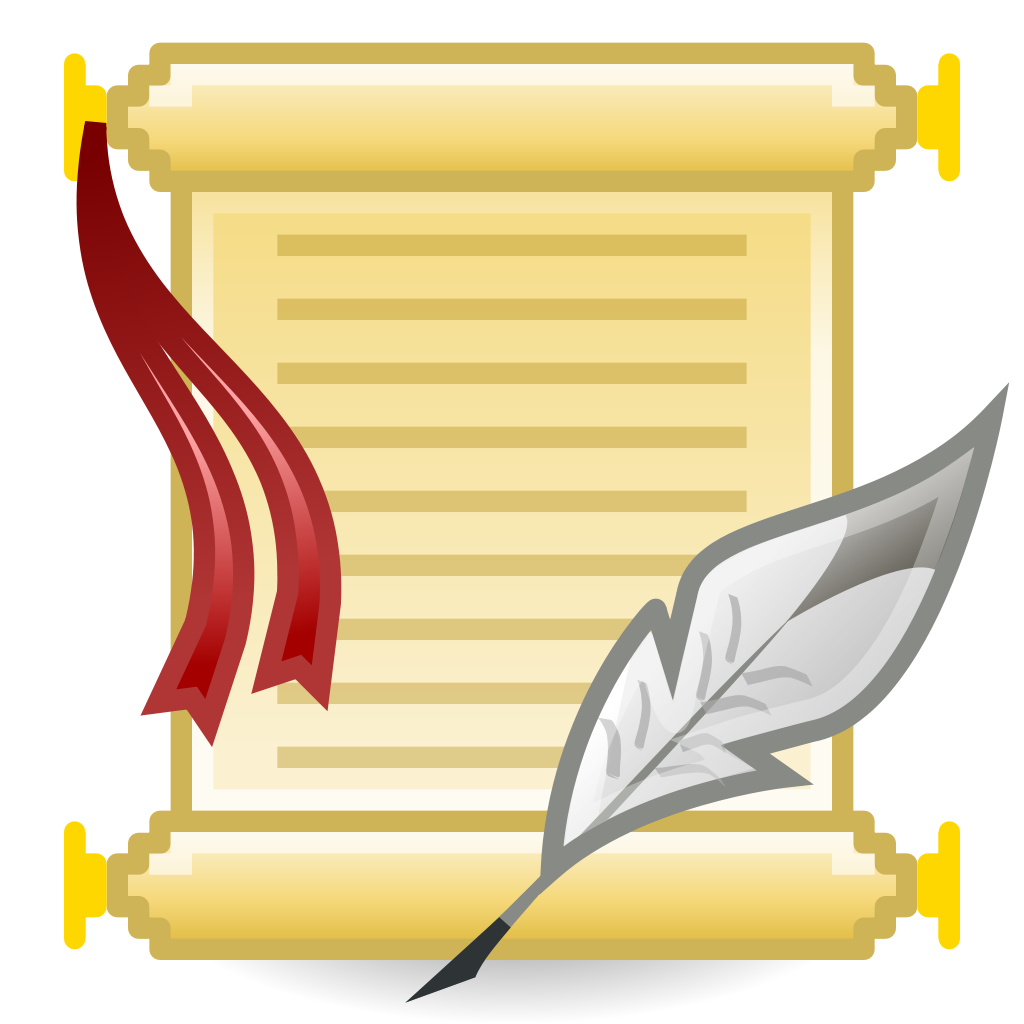 Geschichte
Geschichte
 Kunst
Kunst
 Internationale Städte
Internationale Städte